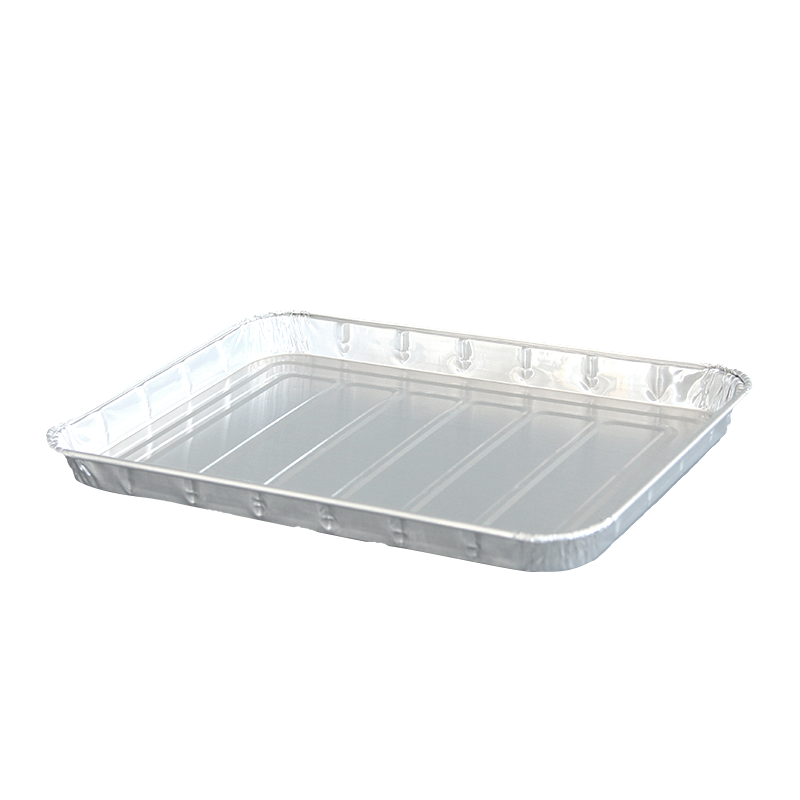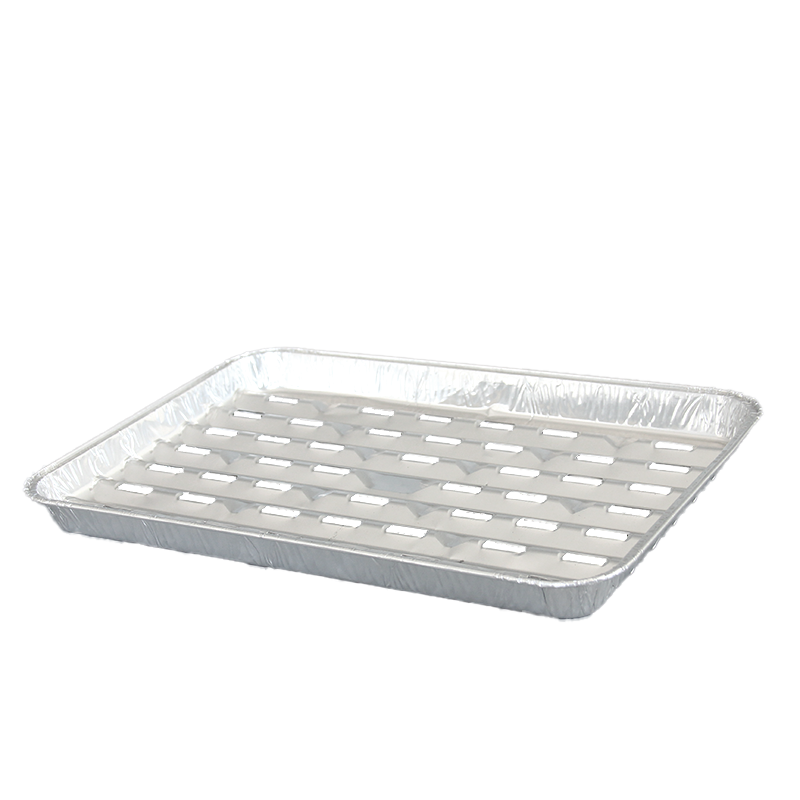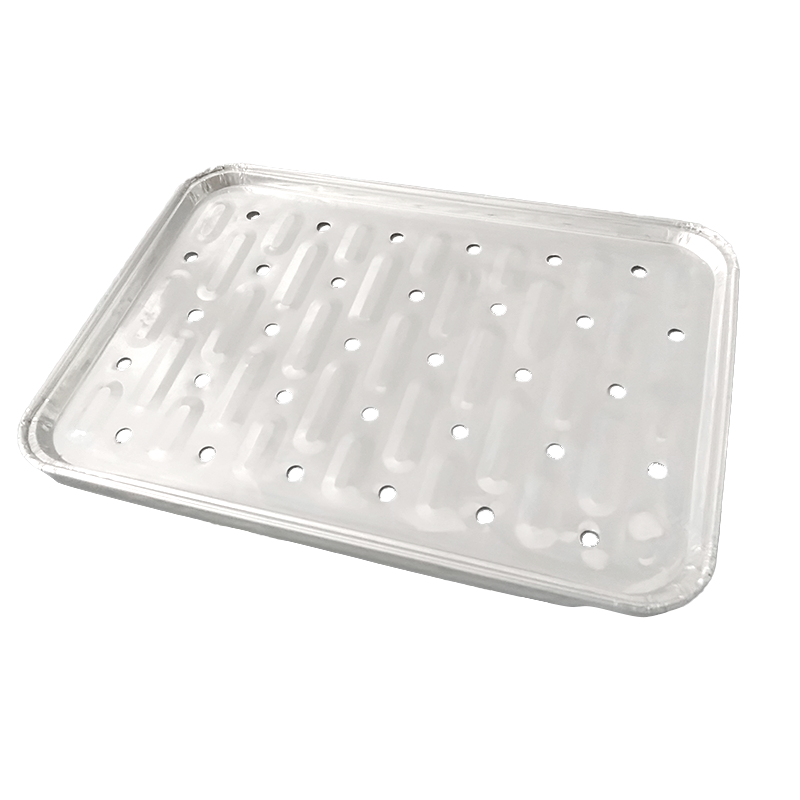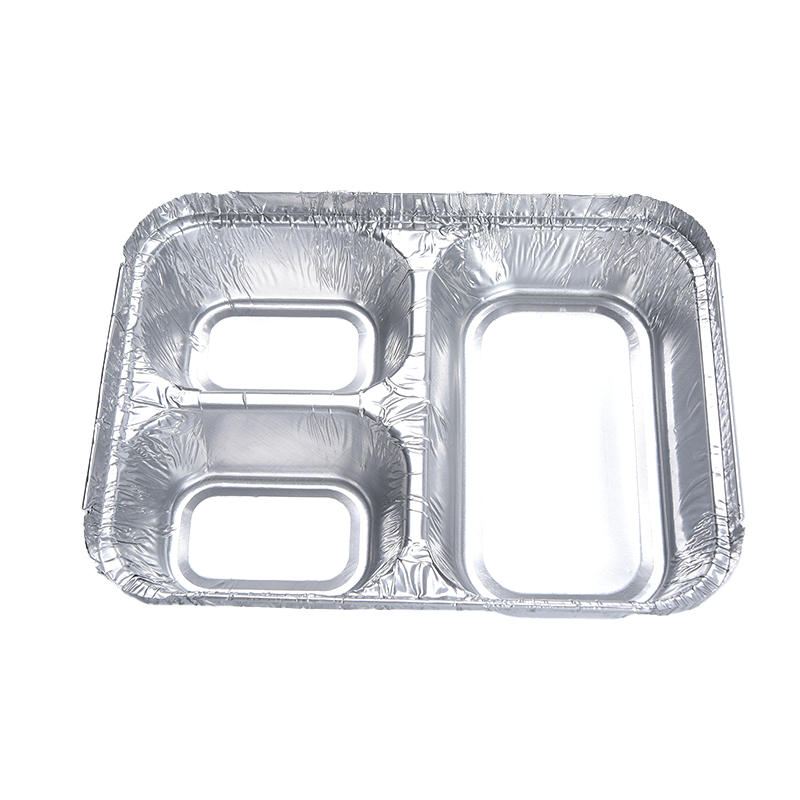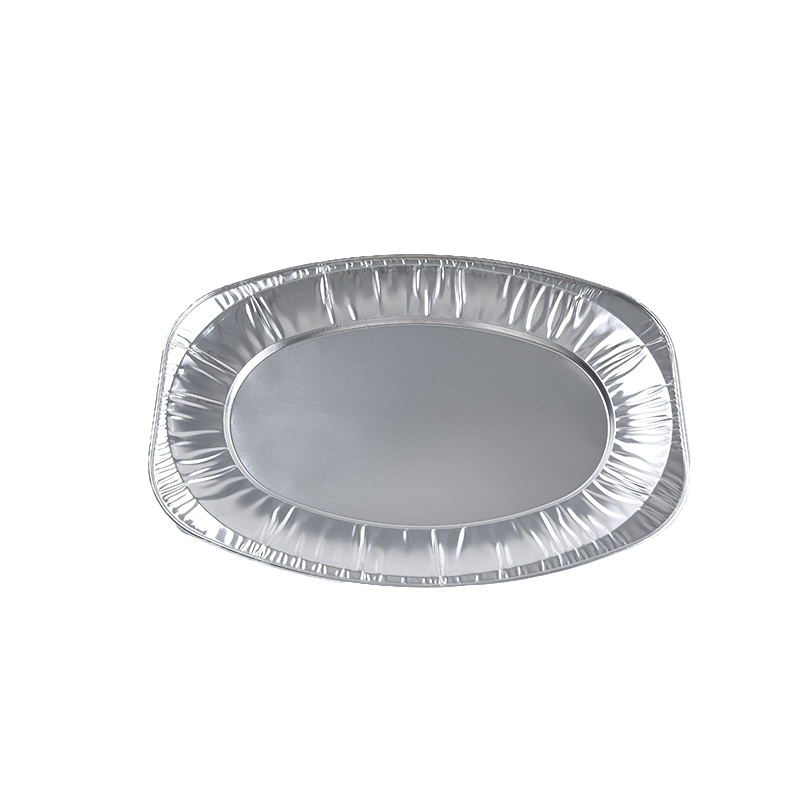What is aluminum foil tableware?
Industry News-Aluminum foil tableware is disposable tableware made from high-purity food-grade aluminum alloys (such as 8011 or 3003 alloys) through precision rolling and die-stamping processes. This metal, typically 0.03-0.2 mm thick, holds a crucial position in the modern foodservice industry due to its unique material properties: it can withstand freezing temperatures as low as -20°C and oven temperatures as high as 250°C, making it one of the few packaging solutions that can accommodate both cold chain transport and high-temperature heating requirements.
The manufacturing process for aluminum foil tableware requires meticulous engineering expertise. After multiple rolling steps, the raw material is hydroformed into various shapes, and the edges are triple-crimped for safety. The finished product features a typical two-sided construction: a glossy surface creates a natural anti-stick coating, suitable for greasy foods; a matte surface facilitates branding. From airline meal boxes to cake molds in internet-famous bakeries, from grilled fish packaging on food delivery platforms to portable cookware for camping, aluminum foil tableware has permeated every aspect of dining. Its lightweight nature (only 40% the weight of comparable stainless steel cutlery) reduces logistics costs, while its ability to completely block light and air effectively preserves food flavor.
In terms of environmental performance, aluminum foil tableware, unlike plastic, can be infinitely recycled through magnetic separation. The energy consumption of recycled aluminum production is less than 5% of that of virgin aluminum. However, it's important to note that this type of tableware is not suitable for holding highly acidic foods like lemon juice, and care should be taken to avoid arcing when microwaved. With the global push for plastic restrictions, aluminum foil tableware, combining both functionality and environmental friendliness, is becoming a key option for upgrading food packaging.





 English
English 日本語
日本語 عربى
عربى Español
Español
